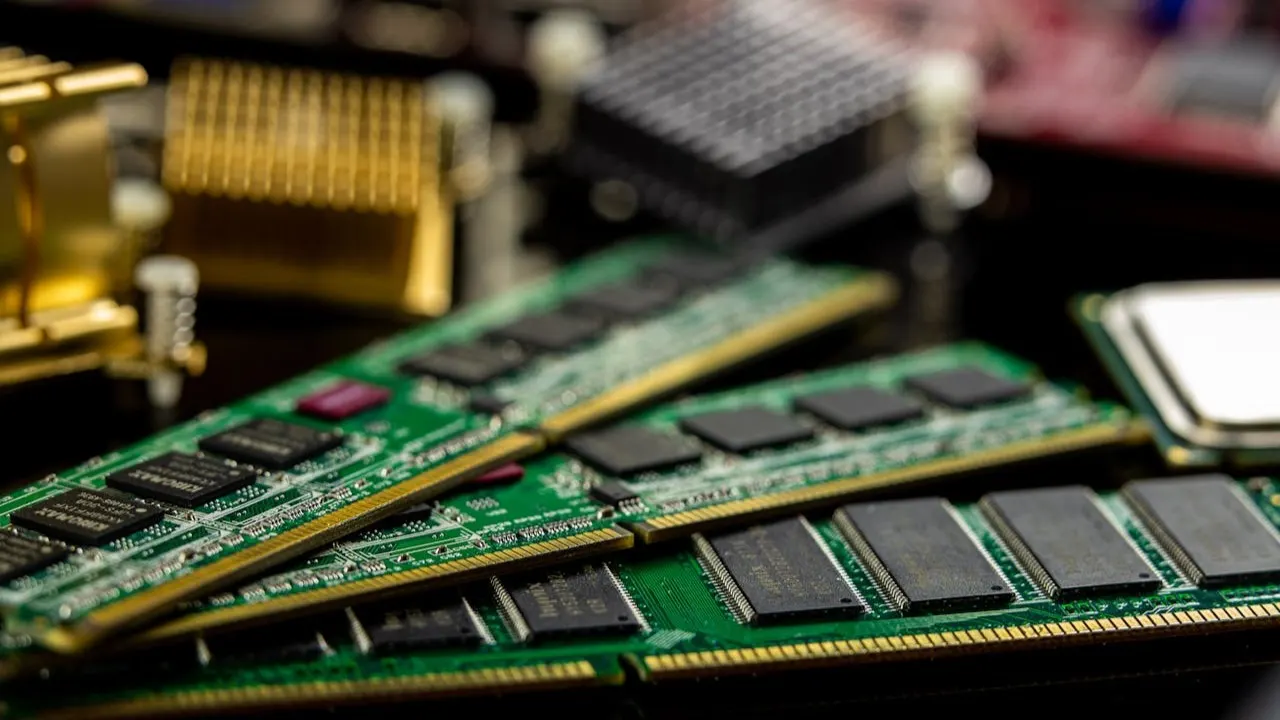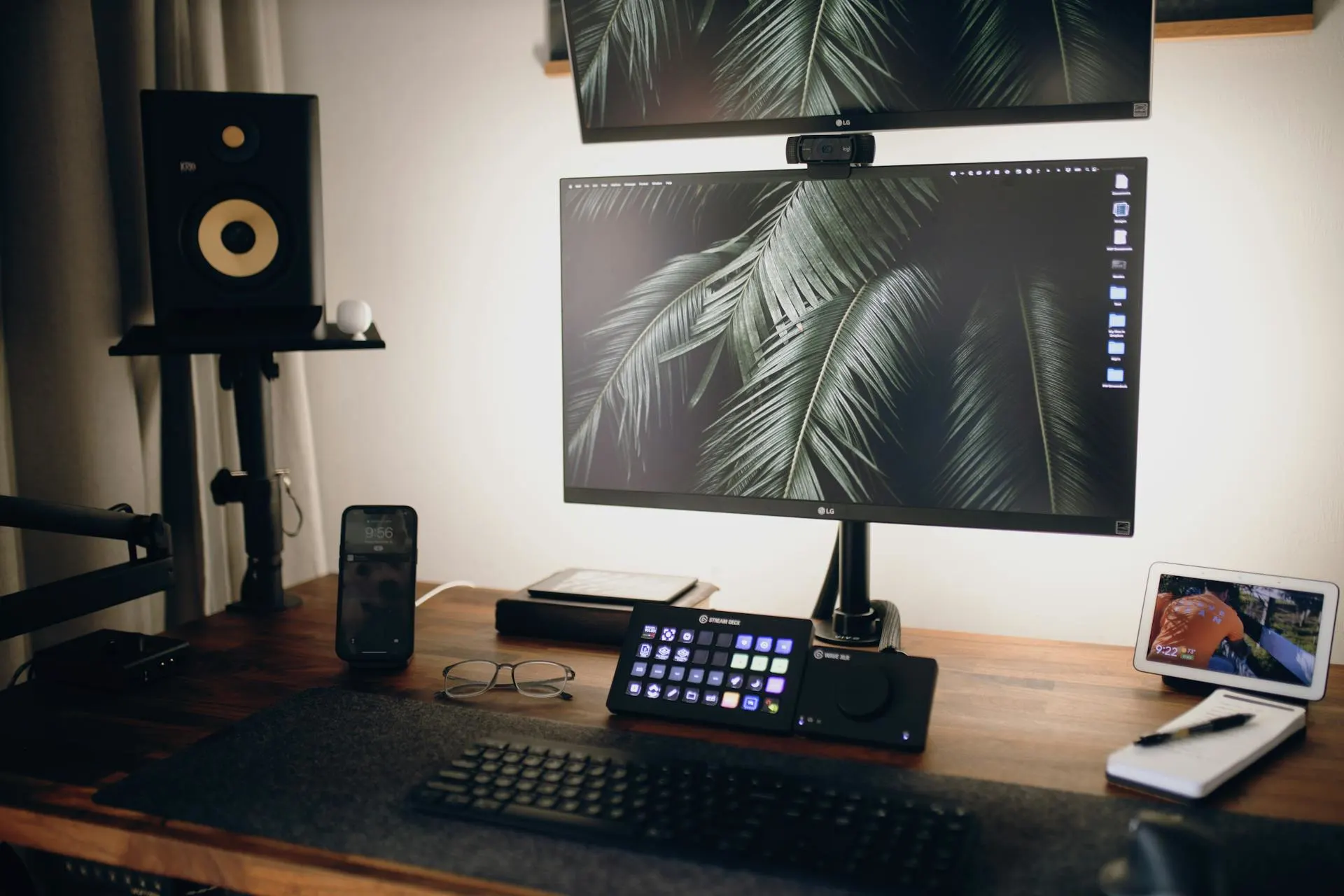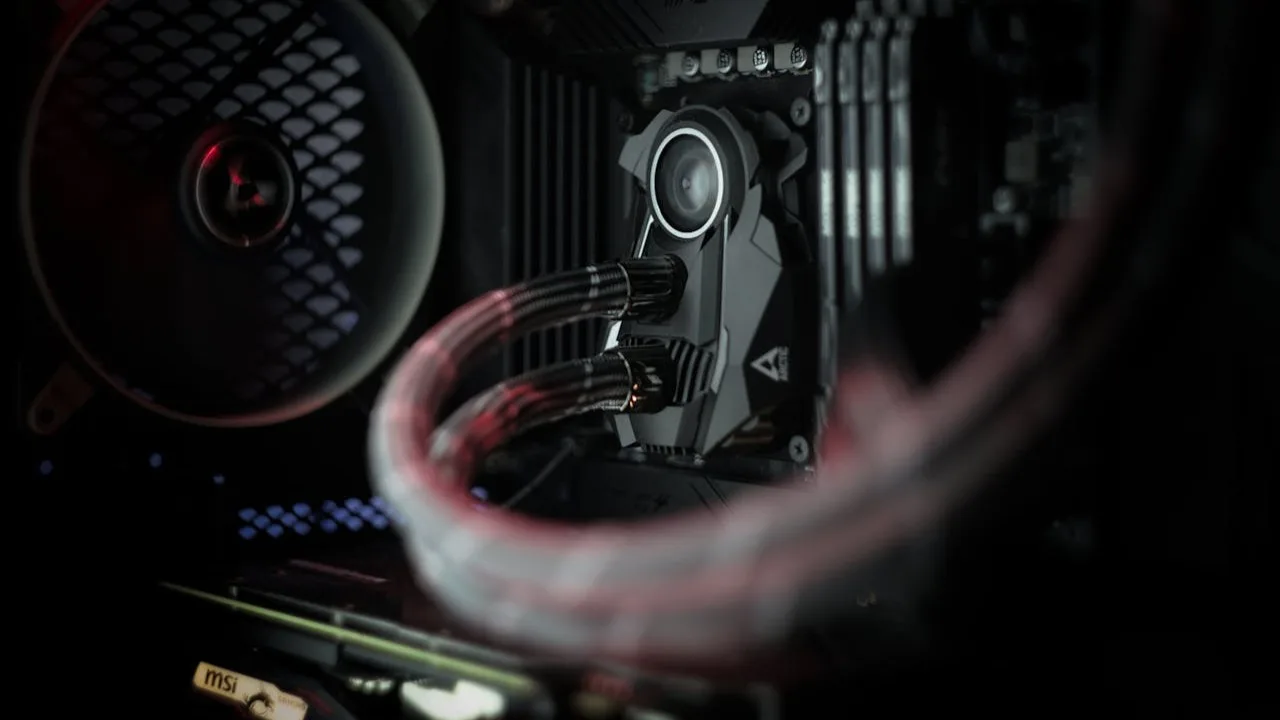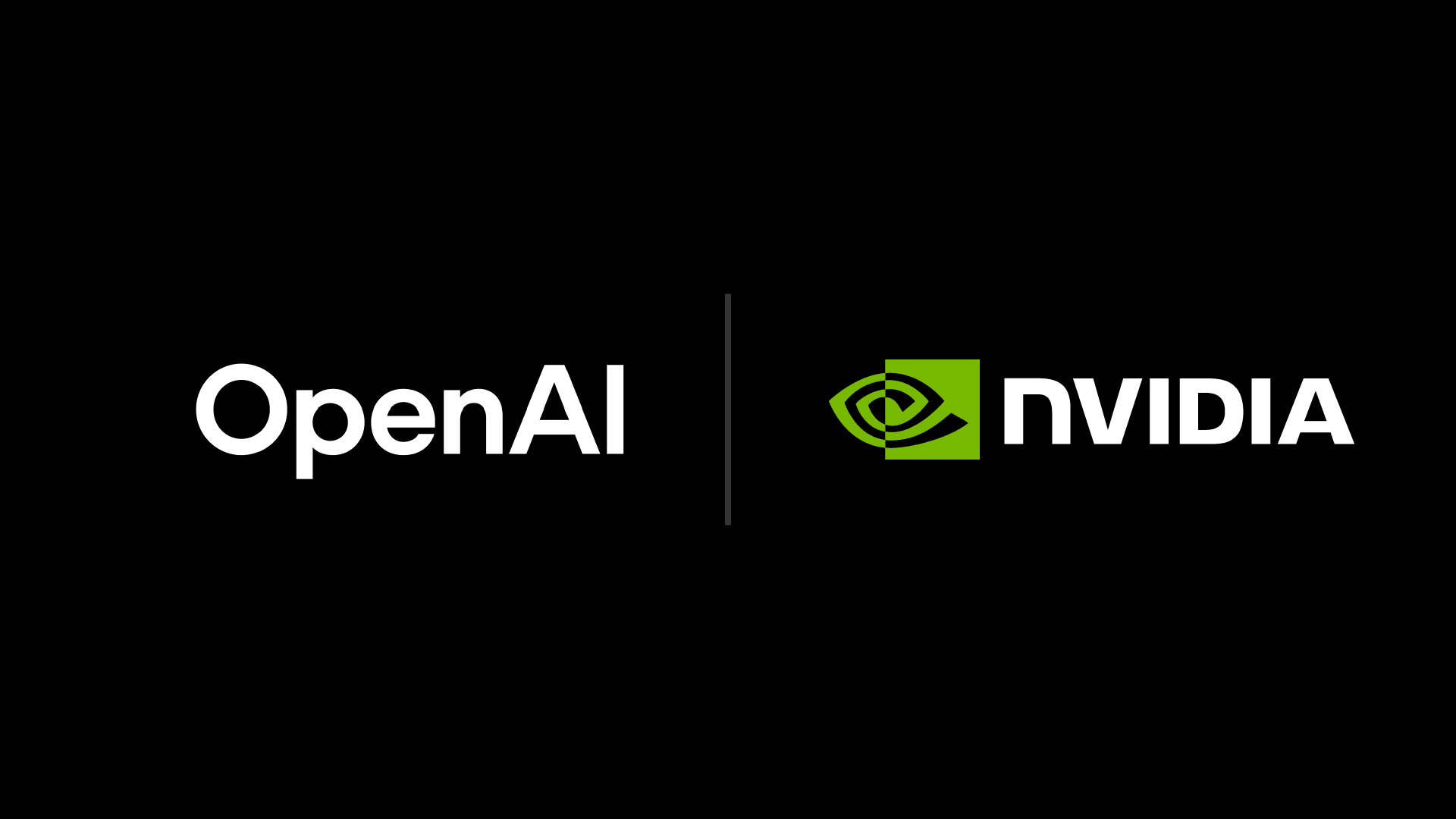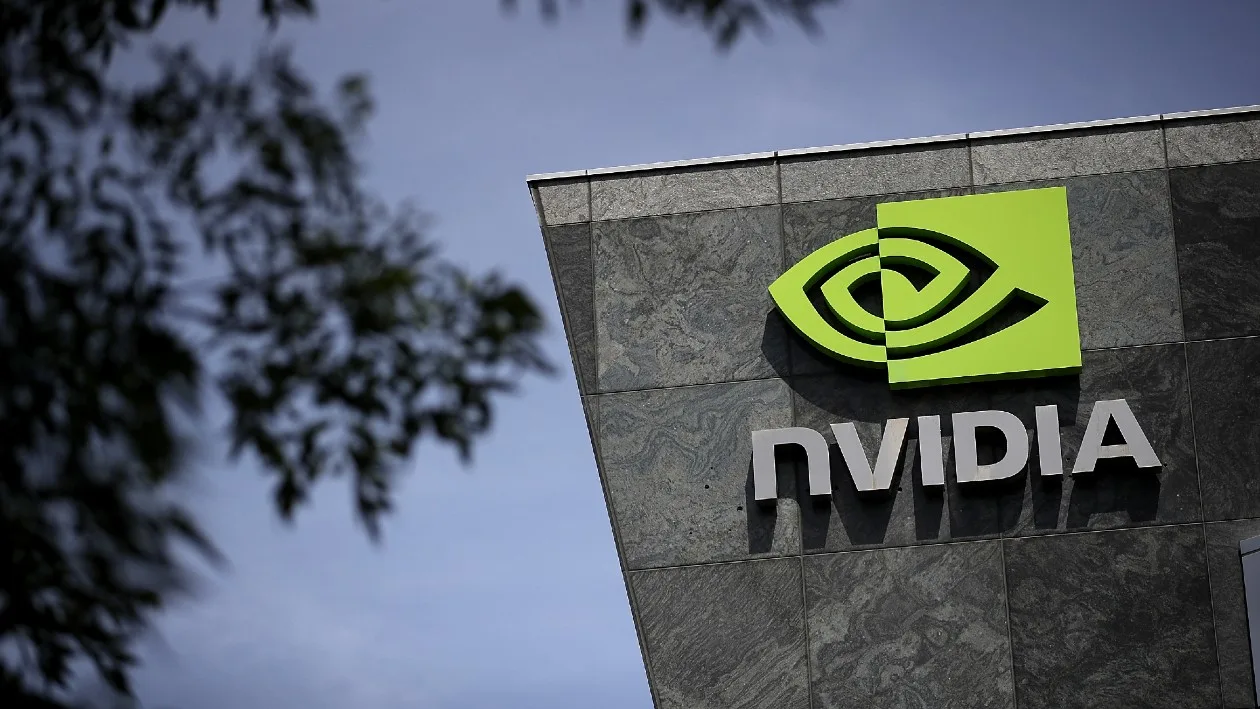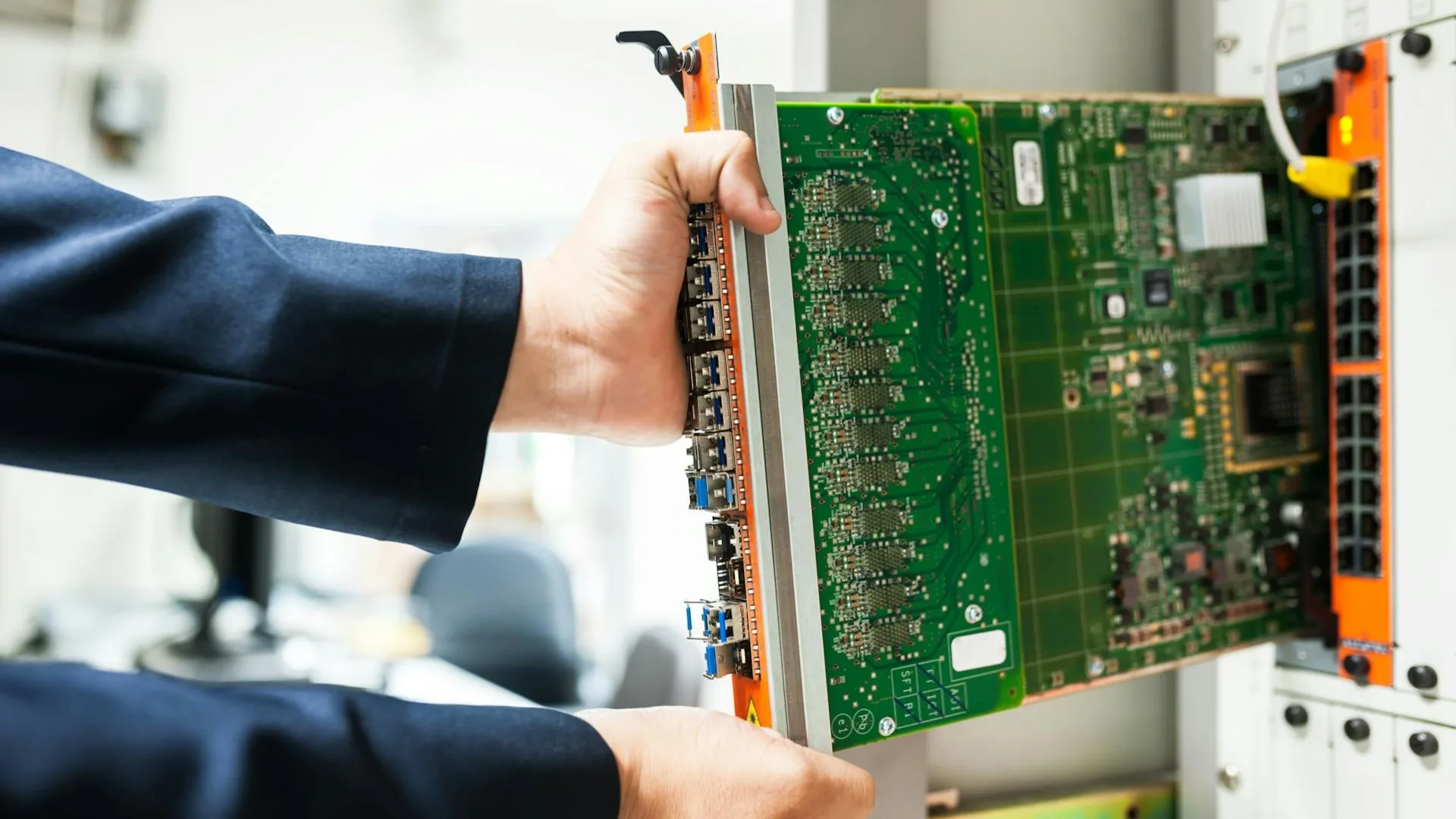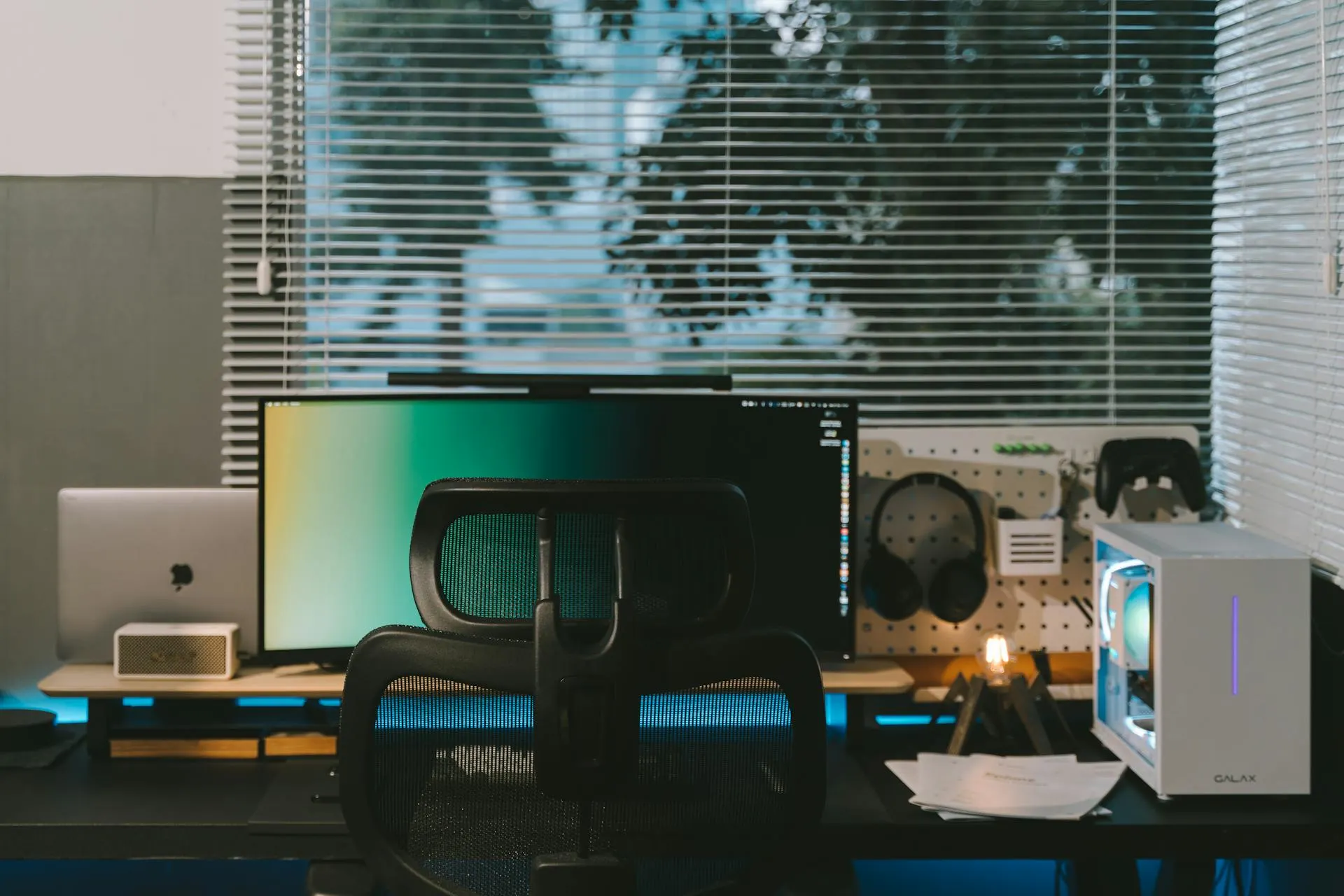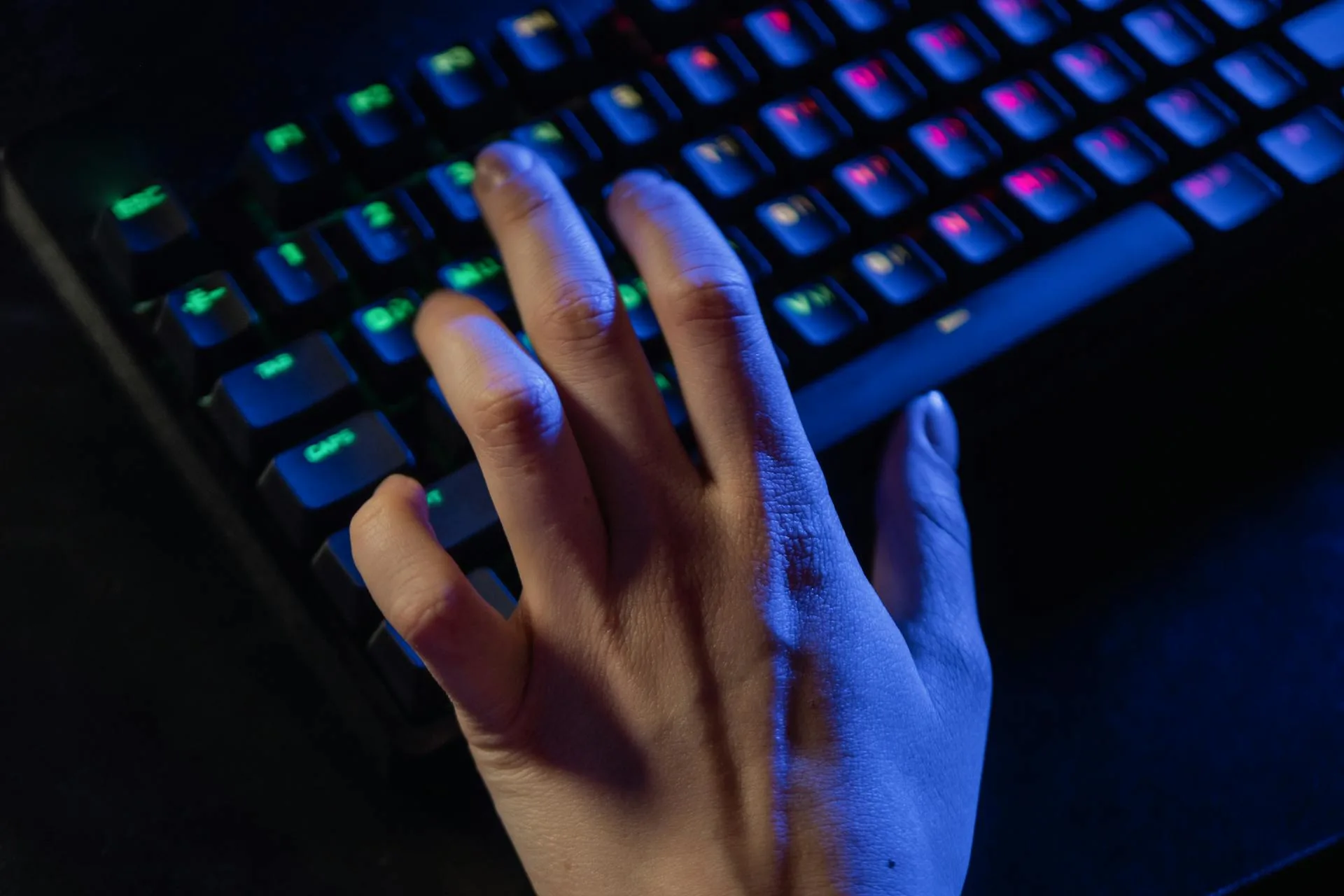Think your old GPU is worthless? Check the market again, you might be surprised. In the world of PC hardware, value doesn’t disappear the moment something new launches. In fact, older components often become more desirable over time.
With the cost of brand-new tech rising every generation, more gamers, students, and creators are turning to the second-hand market. What looks like outdated gear in your drawer may be exactly what someone else is searching for.
Why New Tech Prices Keep Rising
Over the last decade, the launch prices for new GPUs and CPUs have climbed higher and higher. What used to be a £250 graphics card slot is now £400–£500. Flagship hardware that once cost £600 can now push past £1,000.
For most people, those numbers just aren’t practical. That’s why buyers look down the product stack at older generations. A mid-tier card from three years ago might cost half the price of today’s entry-level option while delivering subjectively better performance.
I remember the exact price of my Nvidia RTX 2060 6GB Graphics Card. £349.99. That doesn't include the shipping by the way. I'm still rocking it 5 years strong, granted I haven't touched a AAA game in years. It still surprises me how much better performance you can get for the same price today...
Rohan, CEO of AEM Labs
This steady rise in new hardware prices is the engine that keeps the second-hand market alive.
The Cycle of Hardware Pricing
Here’s the truth: PC parts don’t just lose value until they’re worthless. They move in cycles that repeat with every new launch.
1. Launch
Period (Hype & Announcements):
When a new GPU or CPU line is announced, something funny happens. People suddenly realise the “old” cards they
already own still have a lot of power. Buyers rush to grab last-gen parts before stock dries up. Demand spikes,
supply shrinks, and prices often bounce upwards.
2. Mature
Period (Months After Release):
Once the hype cools and more sellers list their older parts, prices settle into a stable range. This is usually
the “sweet spot” where buyers get the best deal, and sellers still get fair value.
3. End of
Life Stage (Legacy Parts):
Even very old hardware doesn’t always crash to zero. Look at cards like the GTX 1060... years old, yet still
valuable because they run popular games at 1080p. Retro builders, collectors, or budget buyers often revive
demand, causing prices to rise again.
The key takeaway: If you’re holding onto parts, don’t assume they’re worthless. And if you’re buying, timing matters.
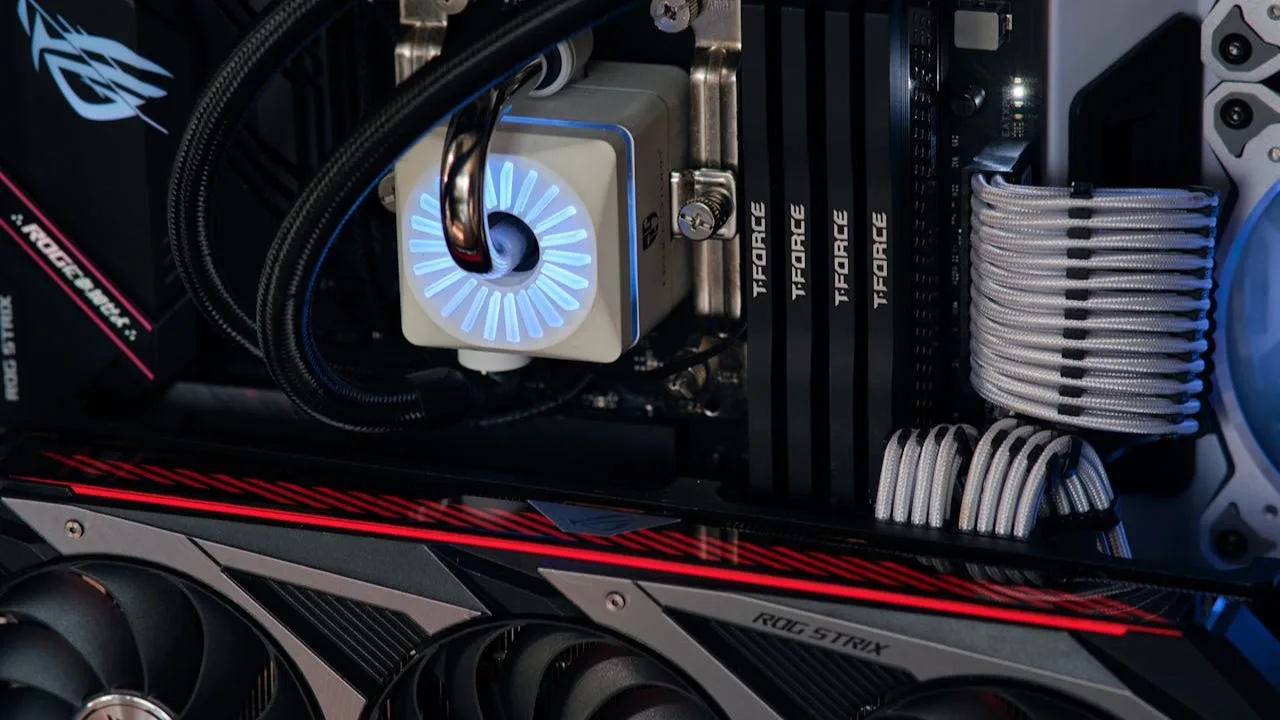
Why Buyers Love Second-Hand Tech
So why are people snapping up older components?
• Performance per Pound: A GPU that cost £350 three
years ago might now sell for £120, yet still beat today’s brand-new low entry cards. For budget-conscious
buyers, that’s unbeatable value.
• Accessibility: Students, families, and casual
gamers can enter PC gaming without spending four figures.
• Longevity: Well-maintained hardware often runs
for years. CPUs, RAM, and even GPUs can deliver reliable performance long after launch.
• Trust Over “Cheap New”: A reputable seller with
a
cleaned, tested part can offer more reliability than some low-cost, brand-new, or even no-name hardware.
What Sellers Should Do Before Listing
If you’re thinking of selling, presentation matters. Buyers feel more confident when a part looks cared for. And preparing parts doesn’t require advanced skills, just a little attention.
Now for some, this may seem like common sense. But not everyone is clued on about how to service their computer components correctly, or even at all.
Graphics Cards (GPU):
• Blow out dust from heatsinks and fans, especially the rear of the
fans.
• Use isopropyl alcohol on surfaces for a safe clean.
• Re-paste the GPU chip with fresh thermal paste. It keeps temps
low and proves you properly serviced the card.
Cases:
• Wipe down the panels, inside and out.
• Clean fans properly, especially the backs where dust collects
most.
Power Supplies:
Now this is a risky one. The risks are greater here in terms of safety than any other component.
• We suggest using compressed air and a handheld blower machine
with a brush to clean the fan and dust sheets.
• We think you should learn from other people's mistakes by checking out this Reddit thread.
Other Components (RAM, CPUs, SSDs):
• Usually only need light dusting.
• A quick clean is enough to make them look presentable.
The message: You don’t need to be a technician. With minimal effort, you can turn “used” into “ready to sell.”
The Risks and How to Avoid Them
Second-hand markets can be intimidating. On platforms like eBay or Facebook Marketplace, you’re often rolling the dice: fake listings, junk parts, or sellers who disappear after payment. Faulty hardware and scams are a very real concern.
That’s where we change the game at AEM Labs. Our marketplace is built specifically for PC hardware, with measures that bring the risk of scams and bad parts close to zero:
• Verified Sellers: Every seller goes through
account verification before they can list, so buyers know who they’re dealing with.
• Secure Payments: Transactions run through our
system, protecting both sides until the deal is complete. No risky cash-in-hand exchanges unless listings are
put up for local collection.
• Quality Standards: Sellers are encouraged (and
guided) to prepare their parts properly before listing. Dirty, damaged, or incomplete hardware won’t pass
community expectations.
• Community Oversight: Feedback channels, Discord integration, and buyer reports help us spot
and remove problem listings quickly.
• Refurbished Options: As the platform grows,
select parts will be professionally serviced and stress-tested before being sold, giving buyers peace of mind.
The result? A space where second-hand doesn’t mean second-rate. Instead, it’s a trusted community marketplace where both buyers and sellers benefit.

Final Word
Old PC parts aren’t junk and with AEM Labs, they don’t come with the usual second-hand risks either. We’ve built the systems to keep scams out, junk off the listings, and faulty parts to an absolute minimum.
For buyers, that means real value without the stress. For sellers, it’s a chance to reach a community that actually cares about the gear you’re parting with.
Because in the right marketplace, second-hand hardware isn’t just recycled.. it’s reborn.

